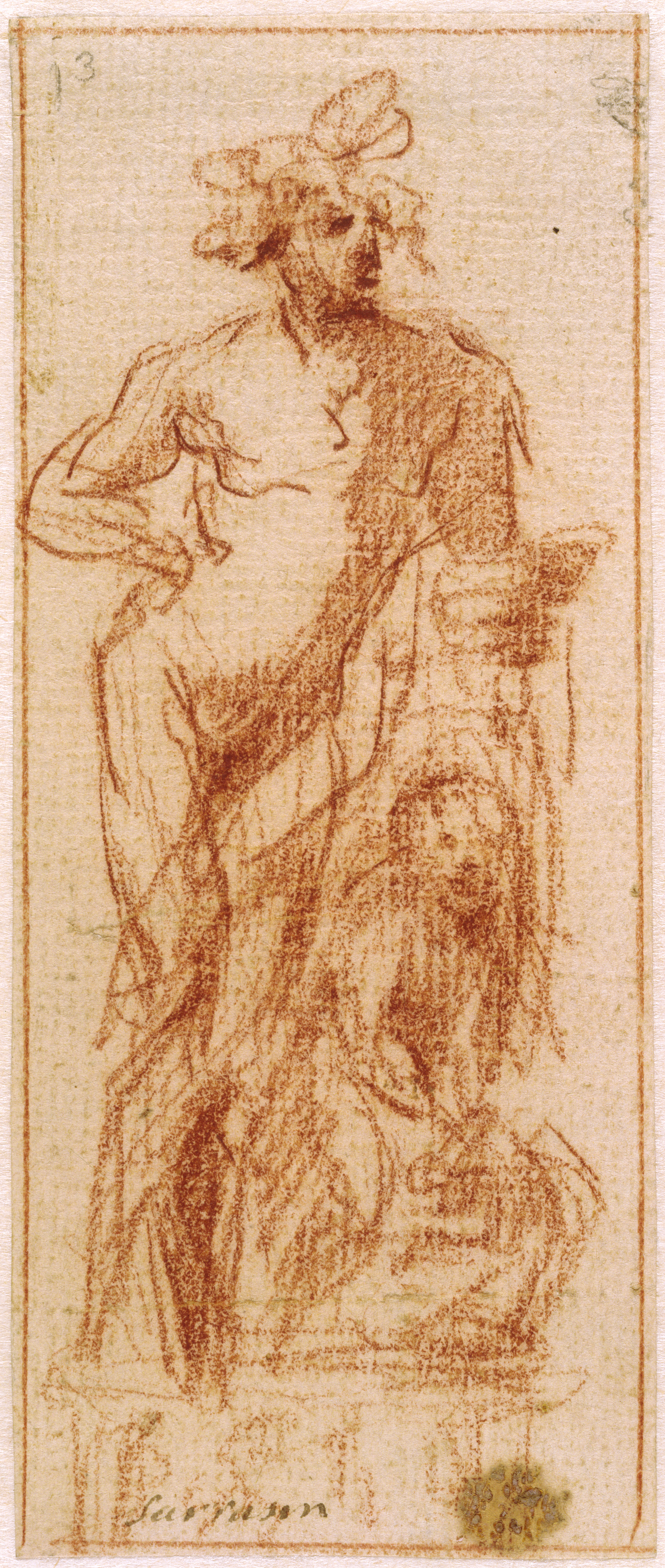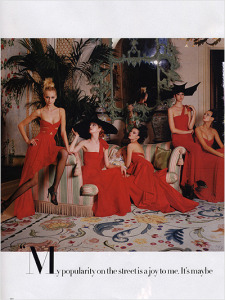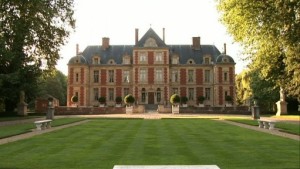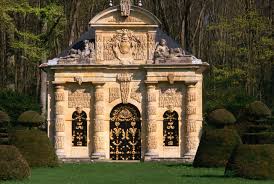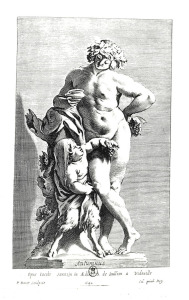The purchase in 1995 of the château de Wideville outside of Paris by the Italian couturier Valentino Garavani, evokes an ironic mixture of art history and the contemporary obsession with fashion and fashionistas.
What has become the latest destination for a fashion shoot and a fashion museum was once an elegant country villa built by Louis XIII’s finance minister, Claude de Bullion in 1632. Wideville was among the earliest of the grand weekend get-aways that matured with finance minister Colbert’s Vaux le Vicomte and later culminated in Louis XIV’s Versailles.
The main building that we see today is a typical Louis XIII structure of red brick with white quoins and window surrounds, a mansard roof with dormers and two chimneys. While Claude de Bullion did some interior renovation, his main contribution was redesigning the grounds with fountains, ornamental features, and pavilions including a fictitious grotto or nymphaeum, a sanctuary dedicated to nature. All that is left of the grotto is part of the gate which attached to surrounding wall containing eighteen allegorical figures in niches.
These included four sculptures representing the Seasons, designed by Jacques Sarazin, a colleague of the painter Simon Vouet who worked on the interior decorations of the château. Among Cooper Hewitt’s French seventeenth-century drawings is a study for the figure Autumn or Bacchus standing with his weight on one leg with a young satyr. Using sanguine or red chalk, ironically Valentino’s favorite color, Sarazin quickly and deftly captured the contraposto pose of Bacchus crowned with grape leaves and partially covered with drapery, looking down at the satyr. While the sculpture no longer survives, an engraving by Pierre Daret of 1642 shows the group as it originally appeared only in reverse.
This object will be on view in the exhibition Making Design beginning December 12, 2014.
Gail S. Davidson is curator of Drawings, Prints, and Graphic Design. She received her doctoral degree in French 17th century drawings and prints.
